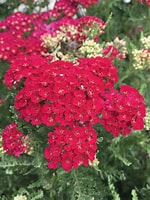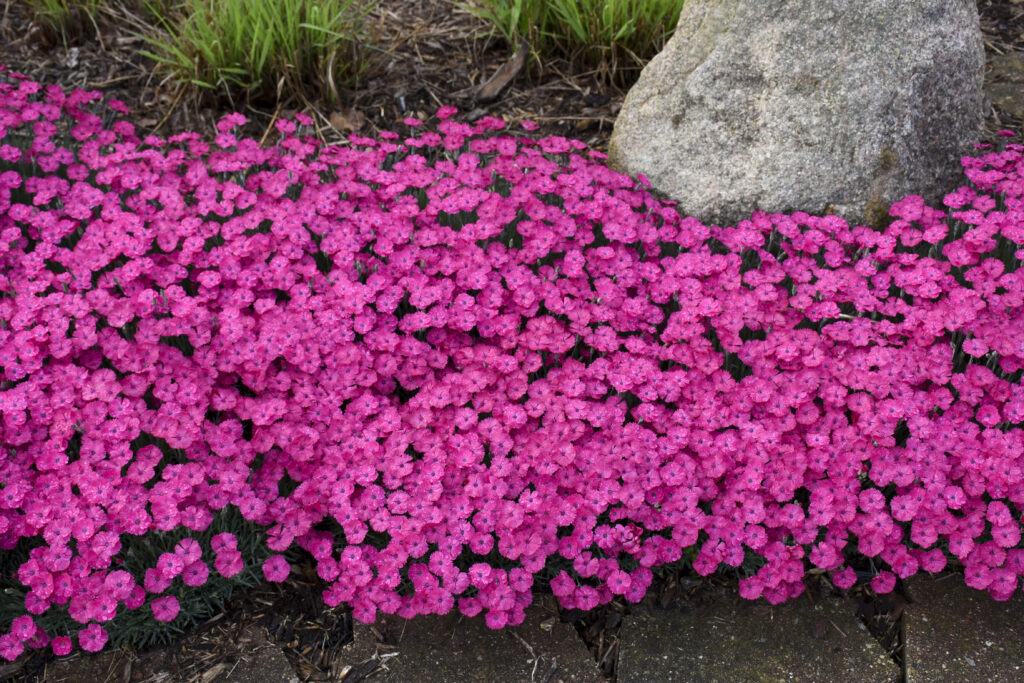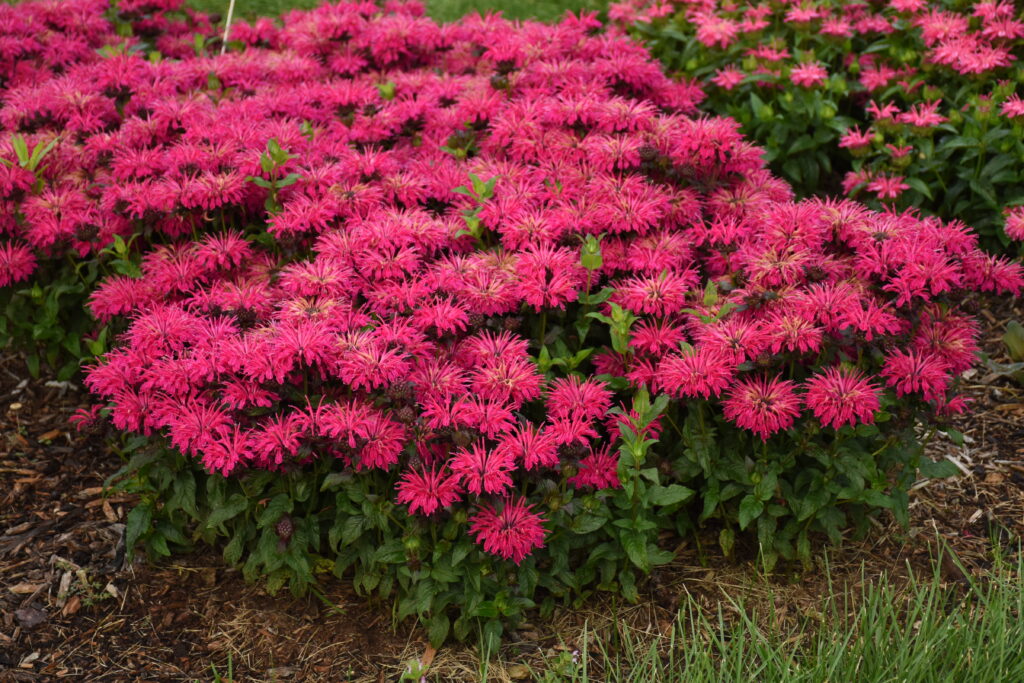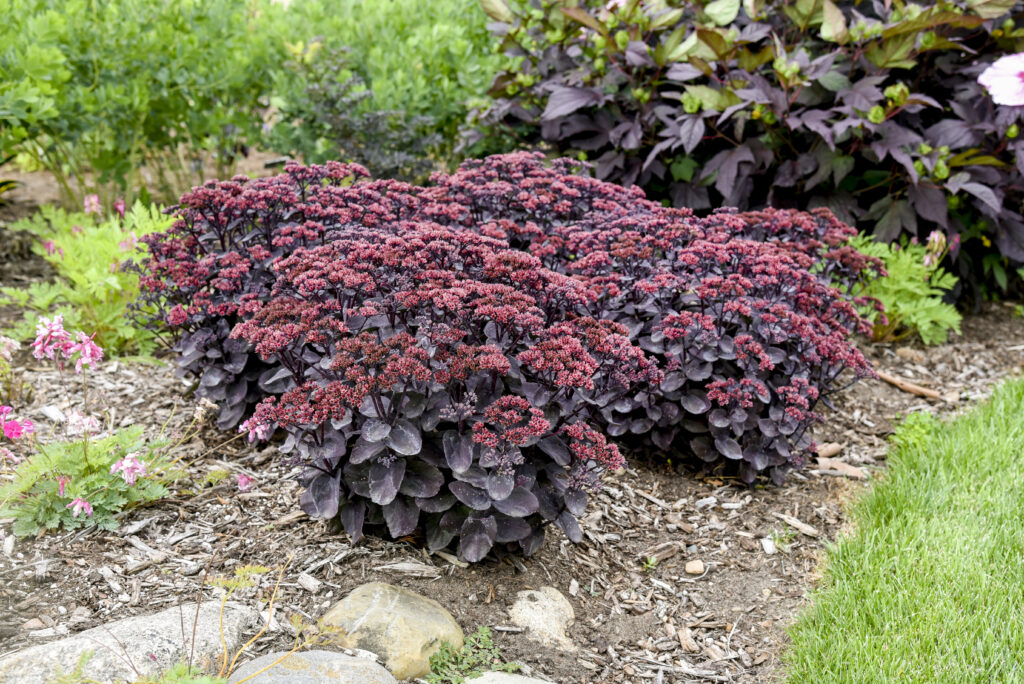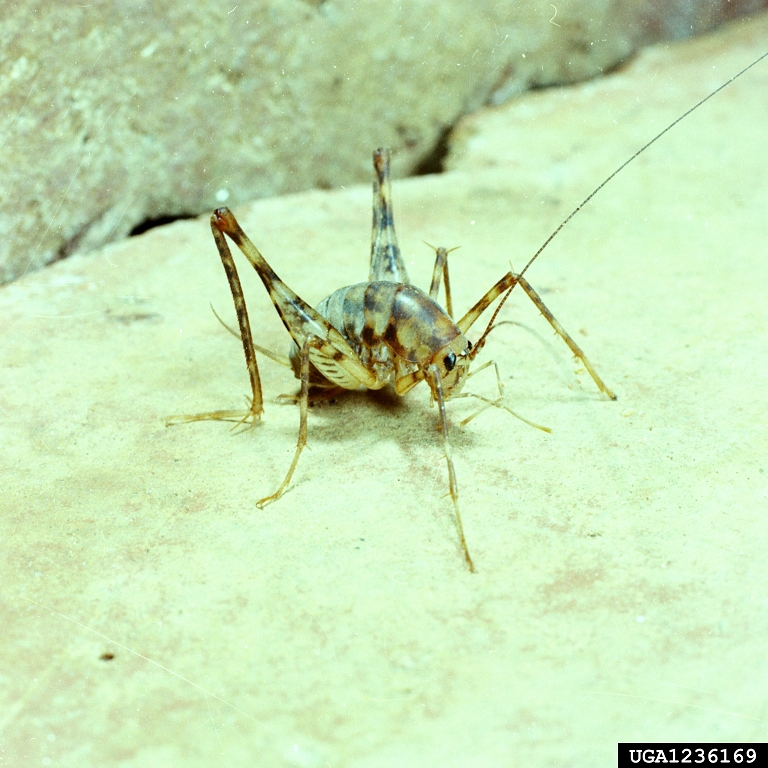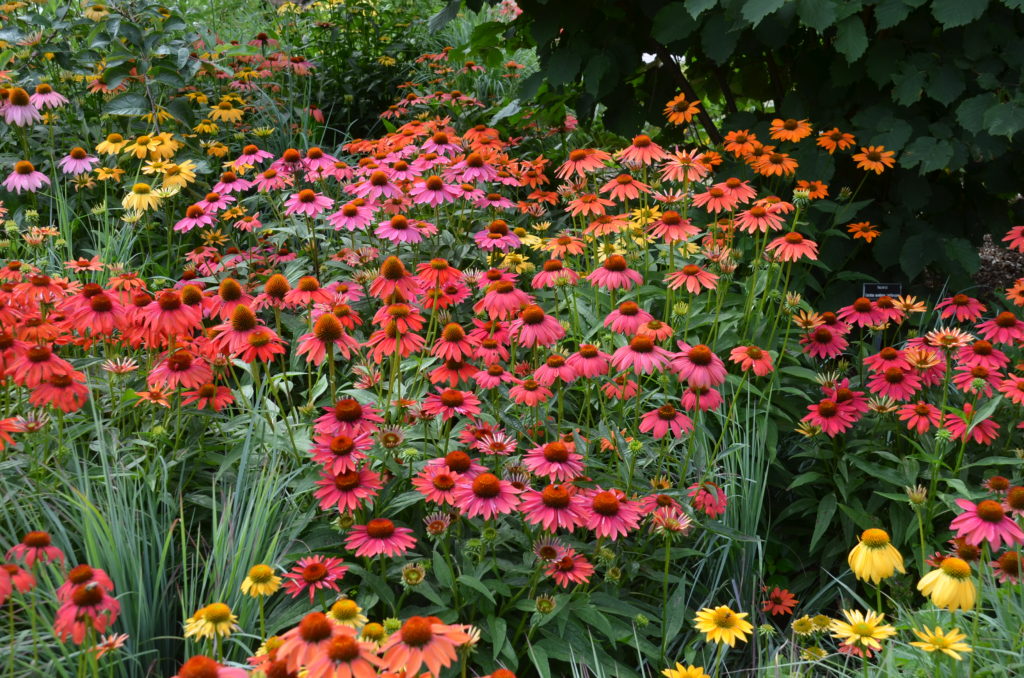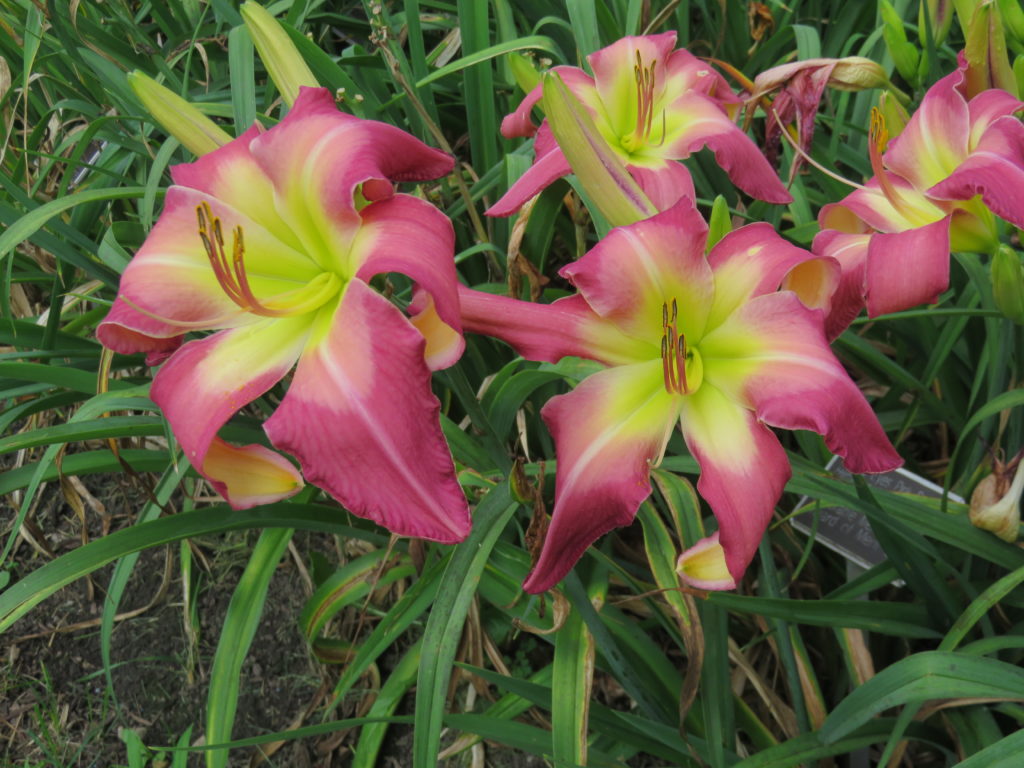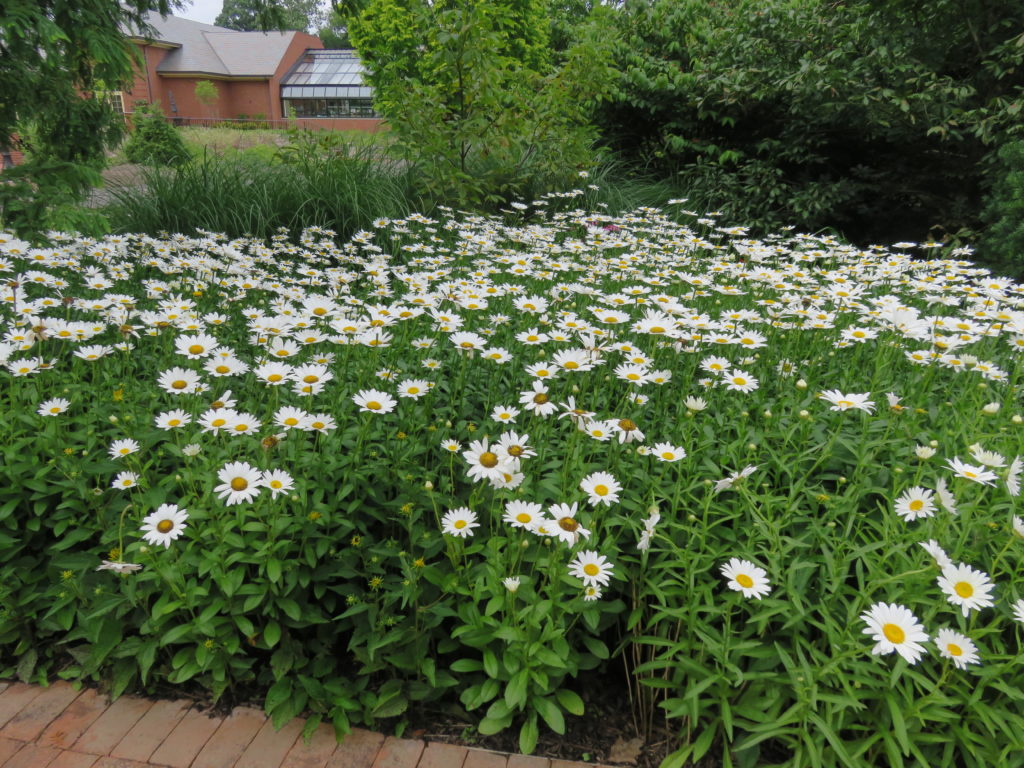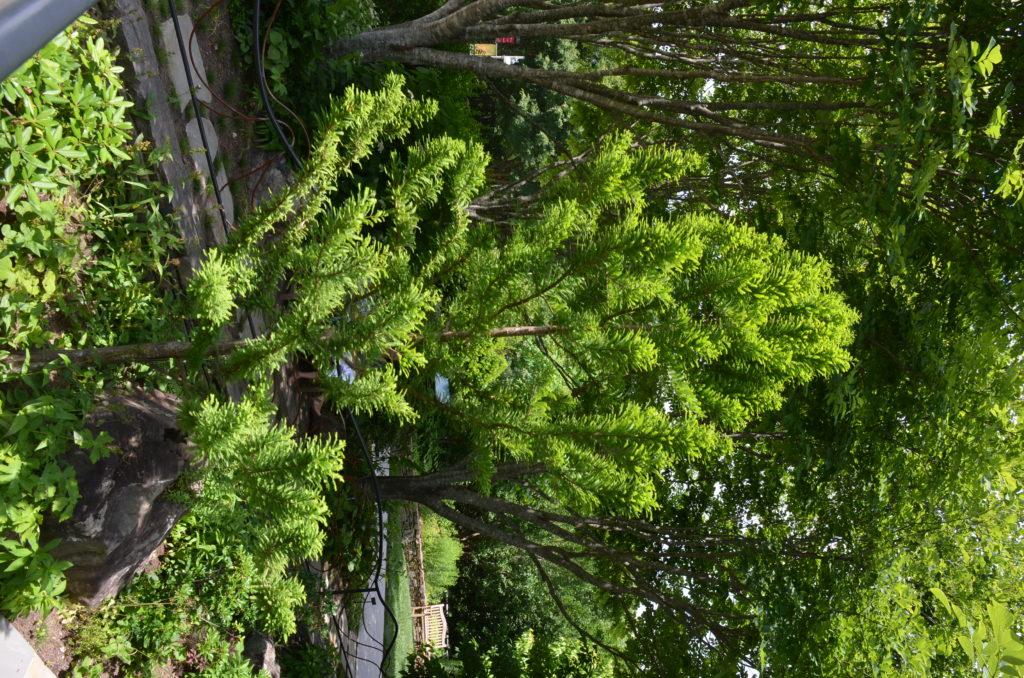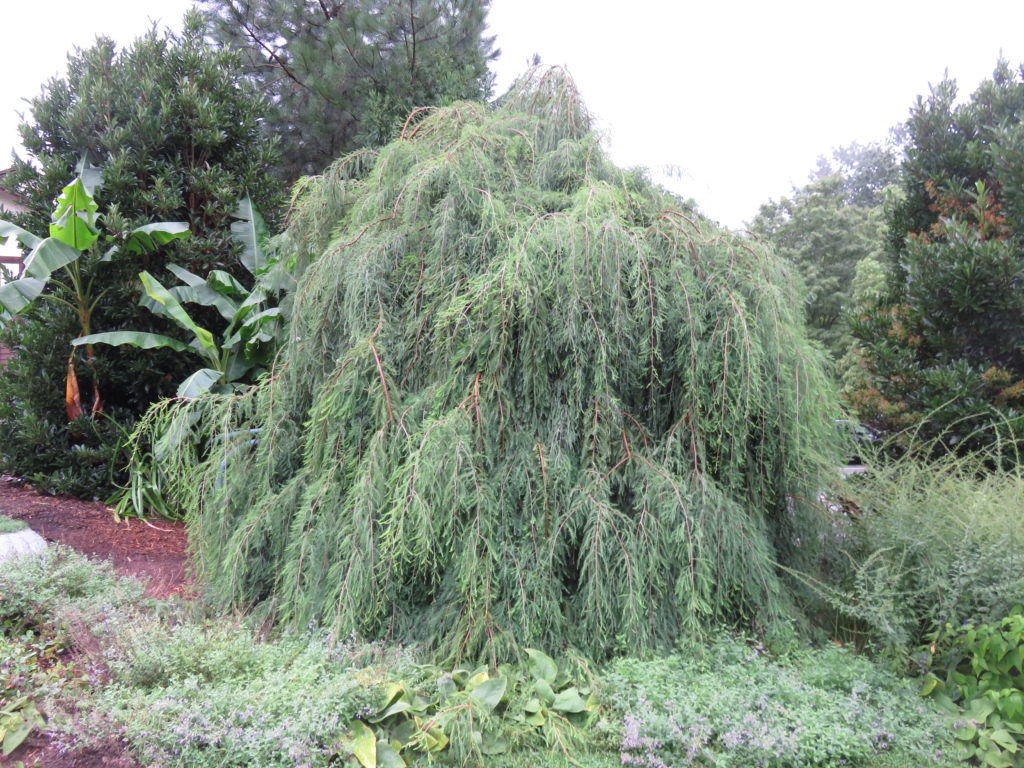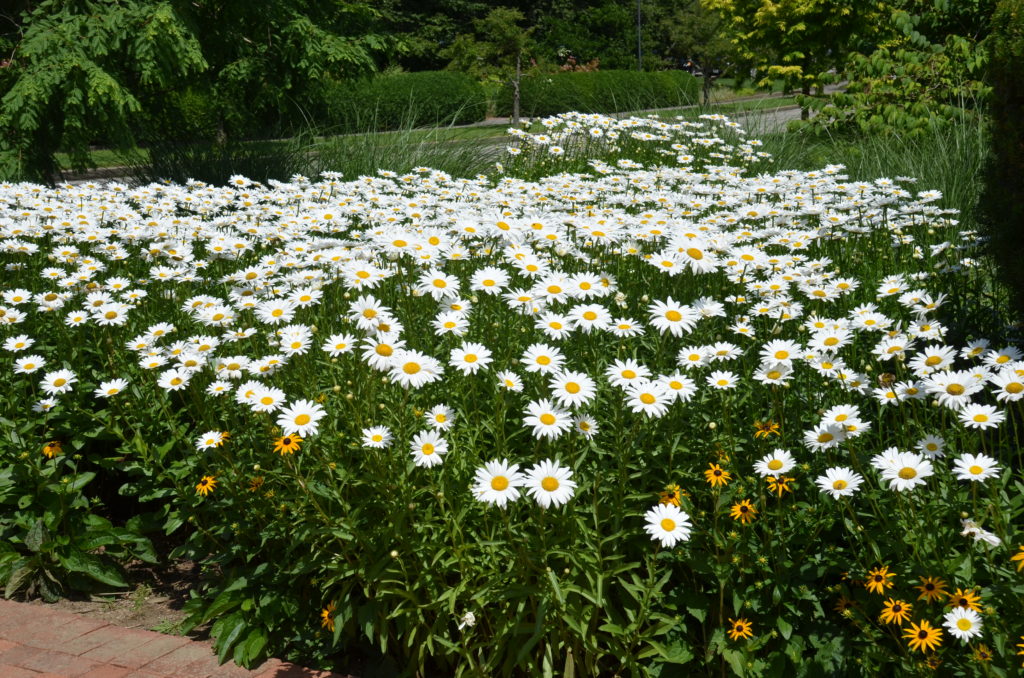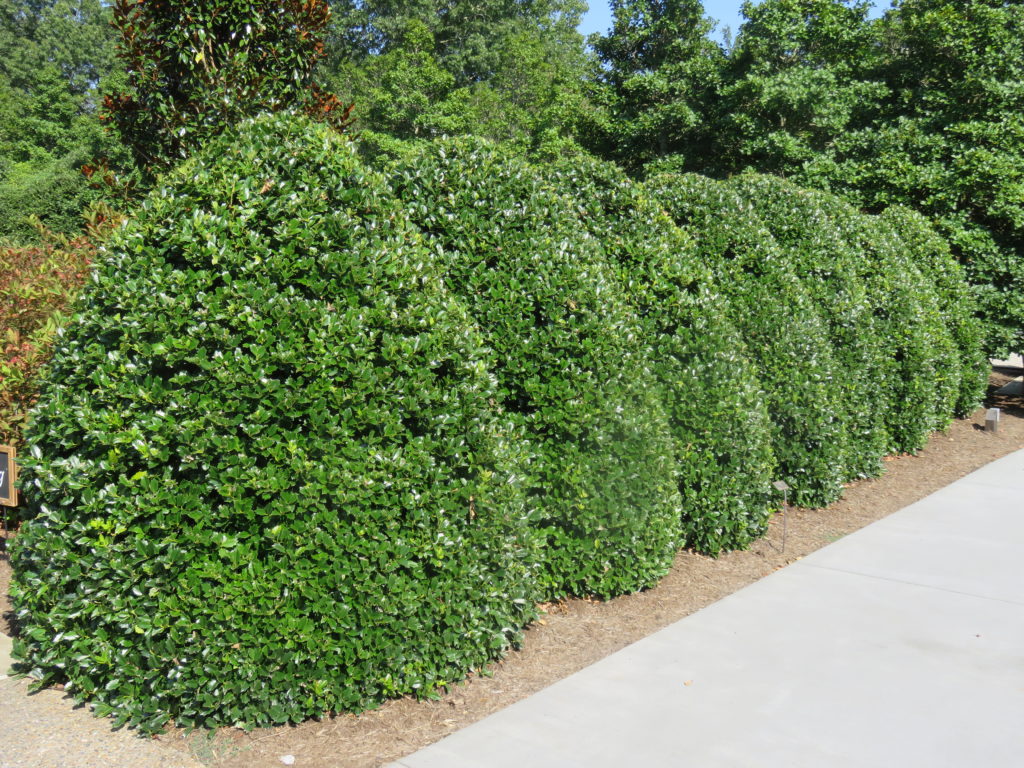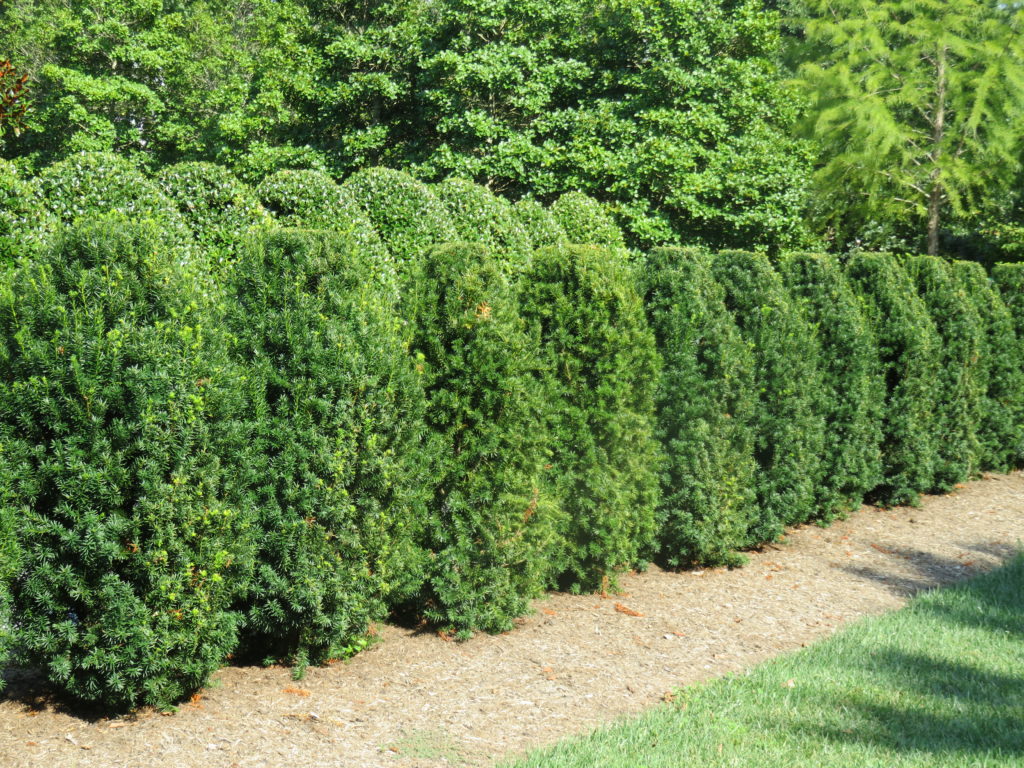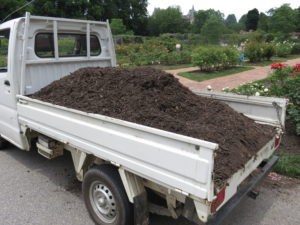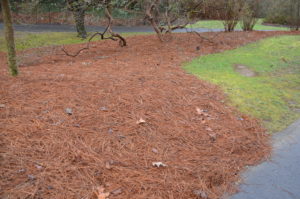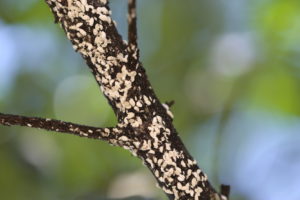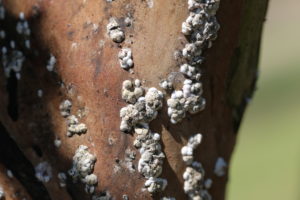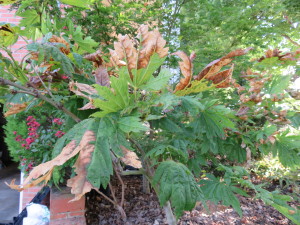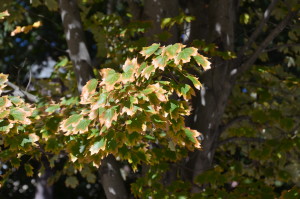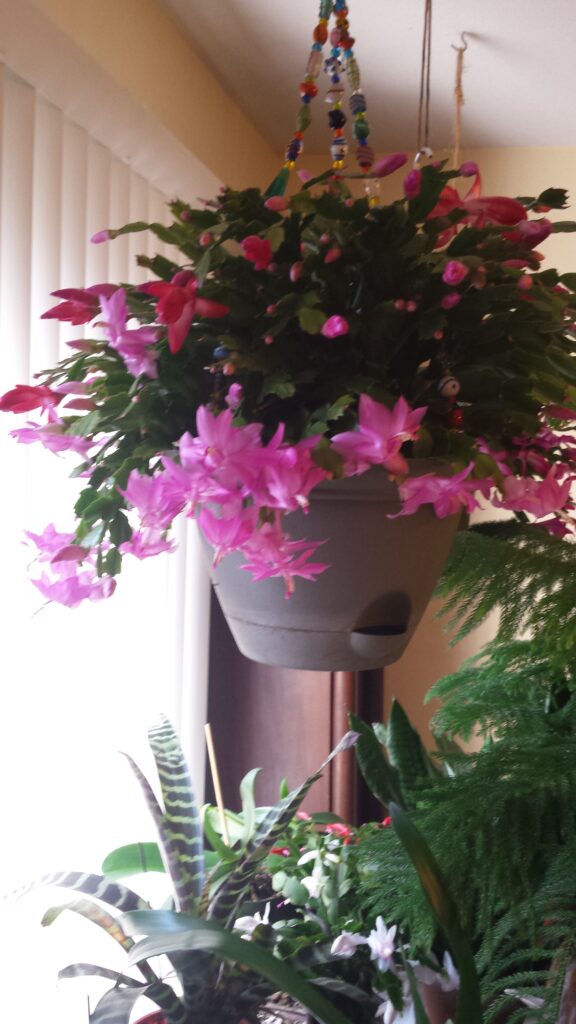
Thanksgiving and Christmas cacti are not desert plants. They’re indigenous to the tropical rain forest environment in South America. Holiday cacti thrive in bright indirect sunlight along with other house plants. Set them near an east-facing window when indoors over fall and winter or shaded under trees outdoors in the spring and summer months.
Indoors, mist plants daily or set near a shallow tray of water for humidity. Holiday cacti do not tolerate dry soil and require regular watering. Overwatering is a huge mistake. The major symptom of too much water is leaf drop, leaf rotting, and spotting.
October’s shortening daylengths and 50-55° F night temperatures spur plants to naturally develop flower buds. Avoid overnight temps below 50° F. Moving the plant to an unheated garage and setting the plant in an east-facing window is usually adequate in plant zones 5b-7a.
Scheduling the holiday cactus is simple. In northerly climes, simulate flowering 6-8 weeks before Christmas, place the plant in a completely dark space in a cool temp room around 55° F dark period such as in a closet or garage to simulate a 6 week/12- hour night period. Some gardeners place a box over the poinsettia plant at night and remove it in the morning. Each and every day, do not interrupt the 12-hour night (dark) regime. Water your soil every 7-10 days. If you don’t recall when you last watered, DON’T. Wait another 3-4 days.
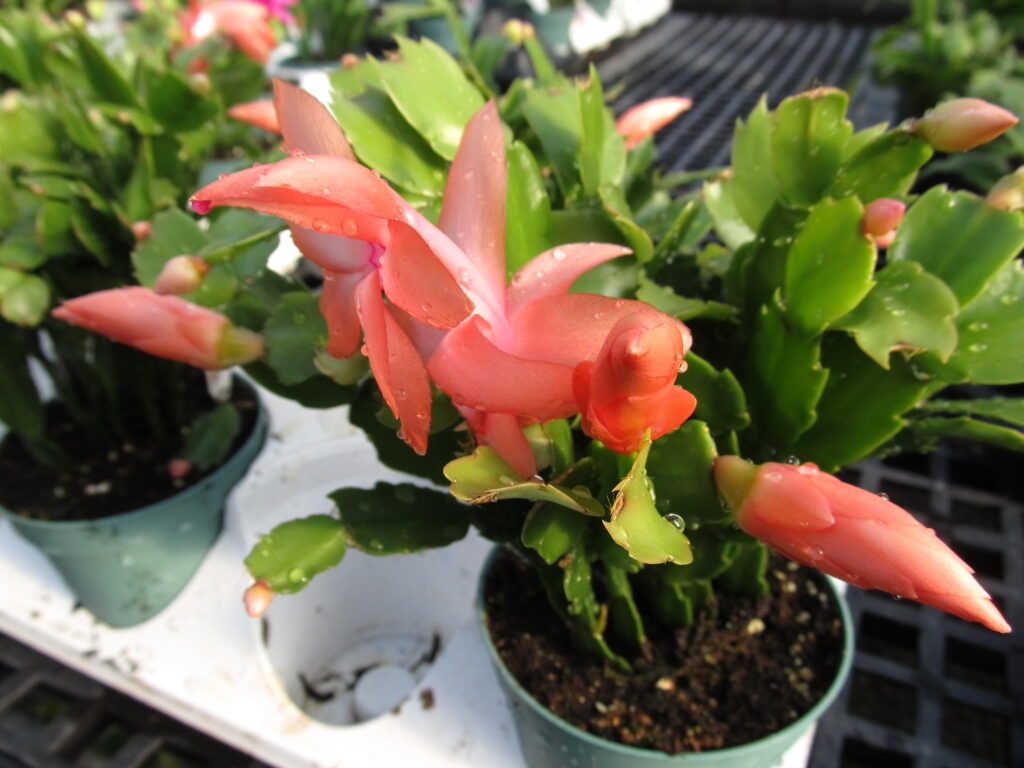
A few weeks after the flowers have faded, prune stems back to encourage new growth. To propagate your Holiday cactus, cut off several at least 3-stem segments and place them into a small pot of potting soil. Bury at least one segment in the media and water. Mist the cutting(s) daily until they have taken root (usually in 4 to 6 weeks).


